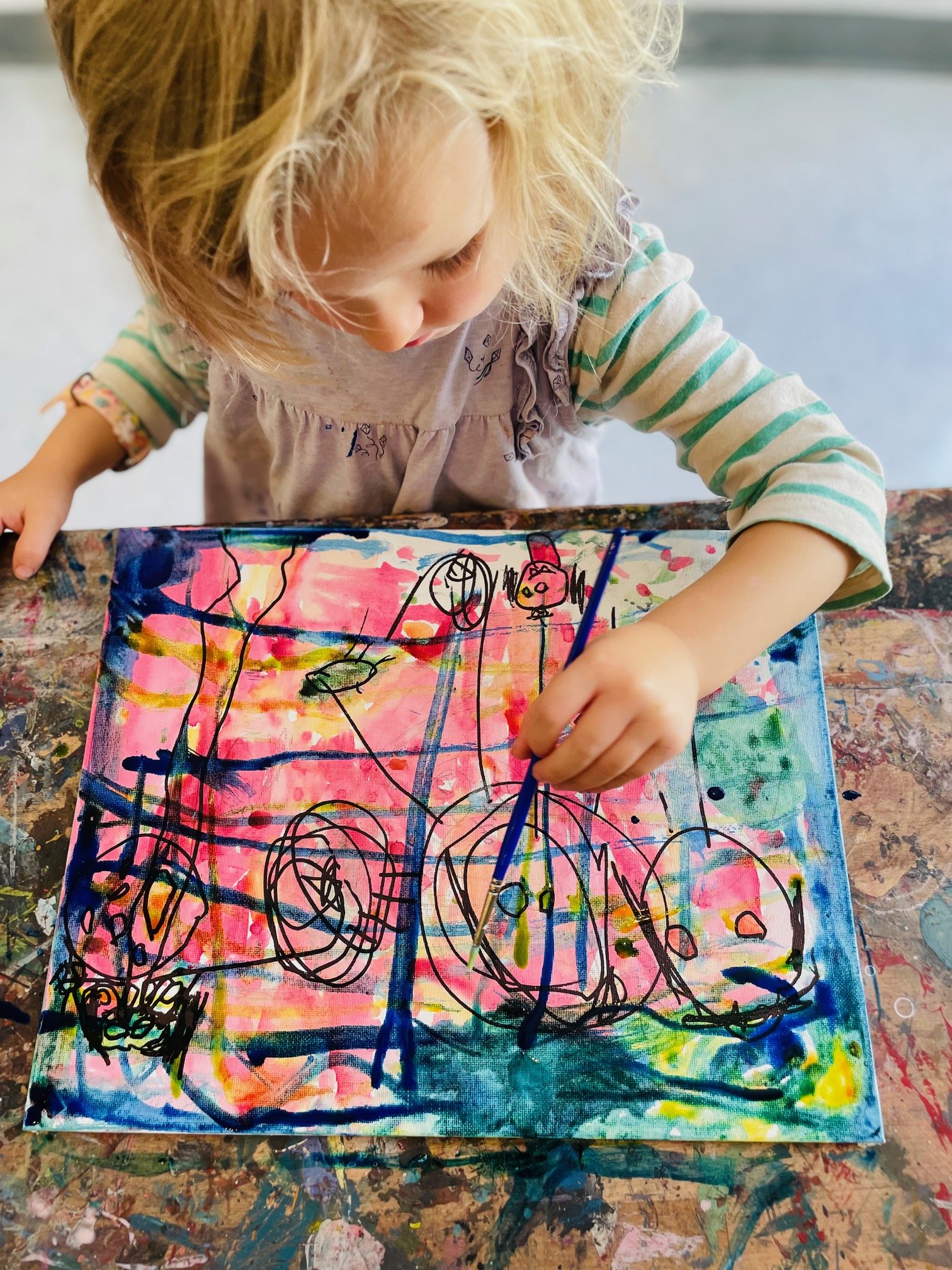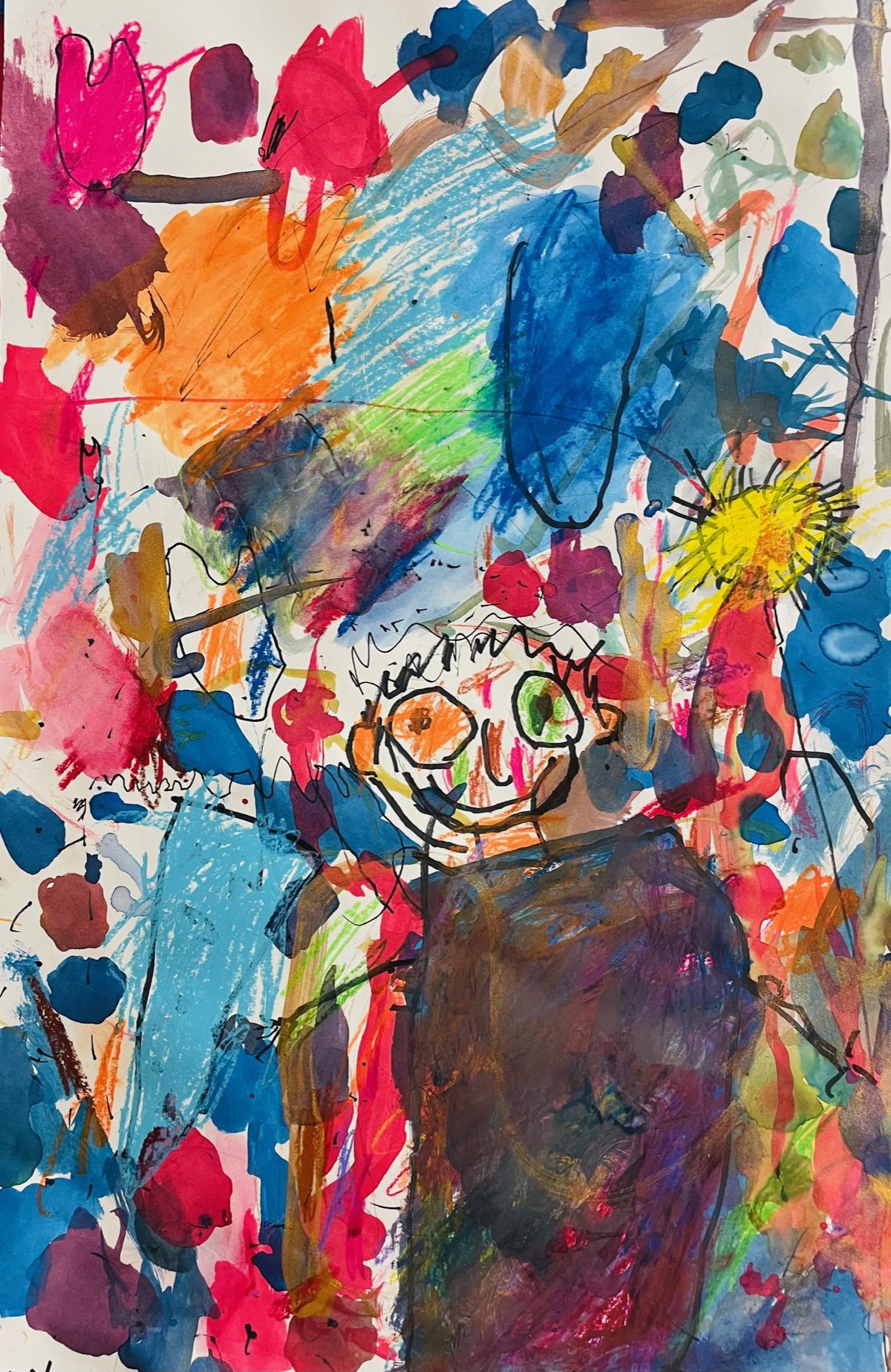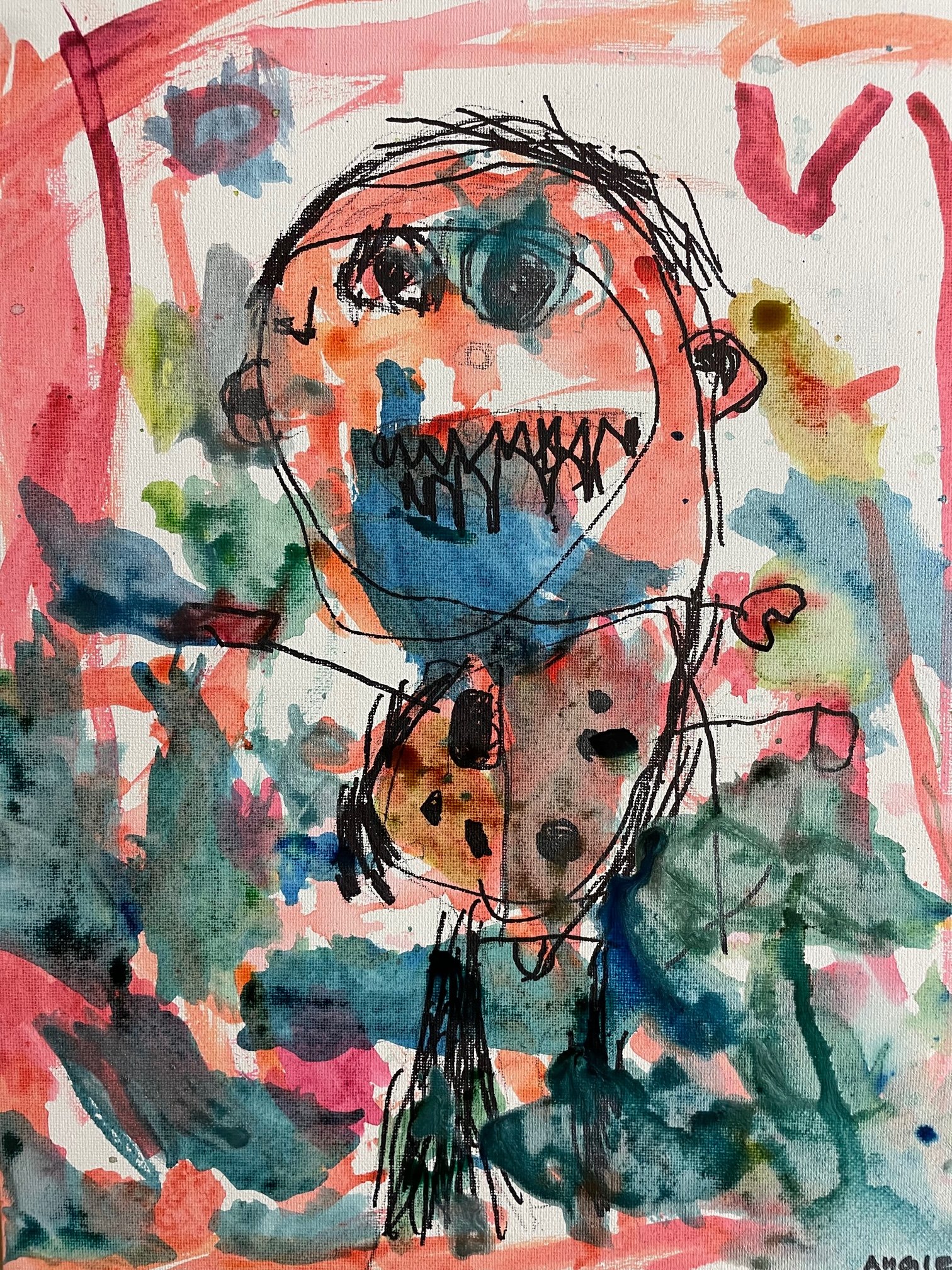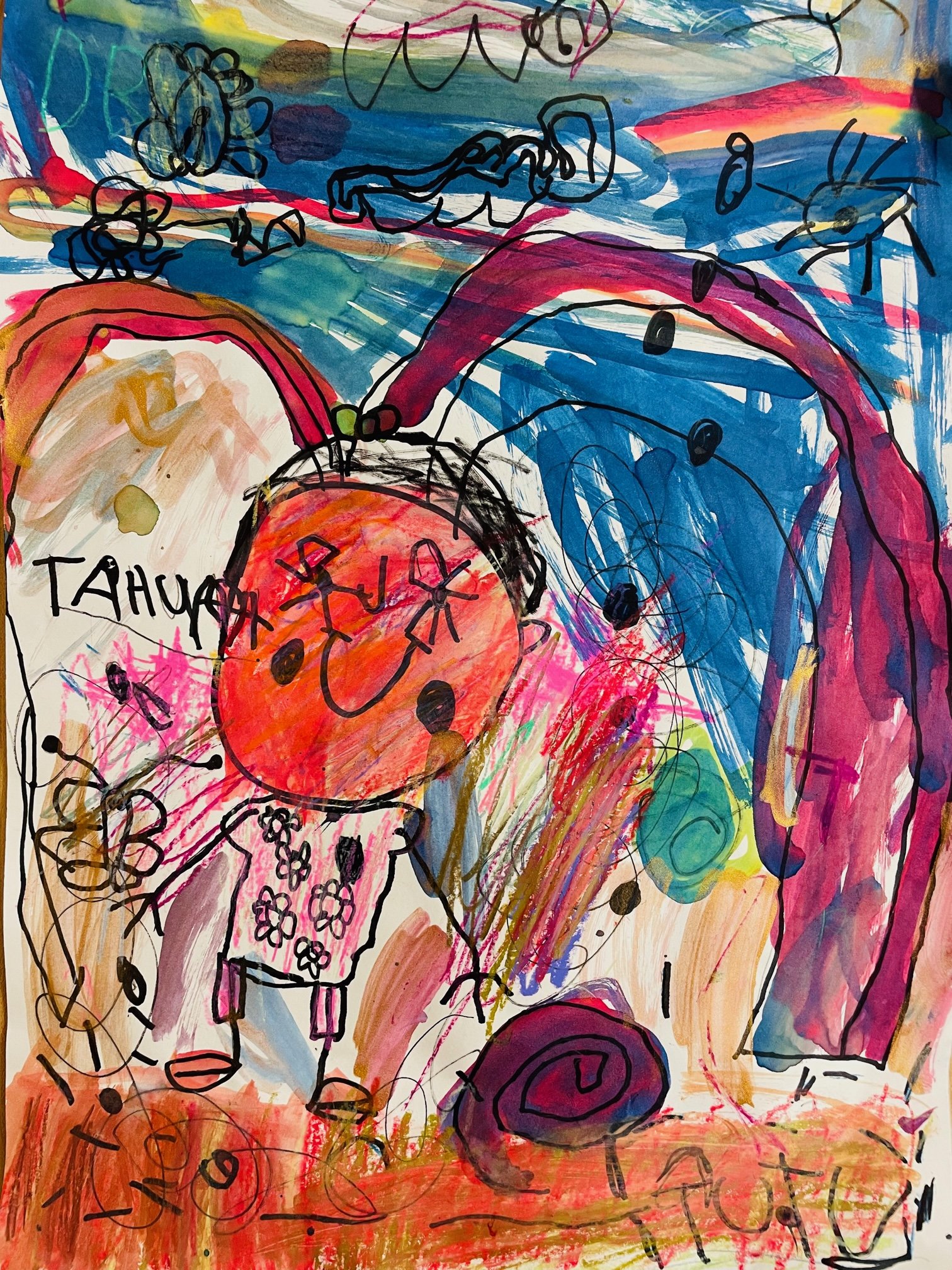Why we make self portraits again, and again, and again.
Rembrandt painted upwards of 80 self portraits in his lifetime. Many art historians attribute this to his quest to capture his moods at different points in his life. While elementary school artists would find it challenging (and it’d be somewhat developmentally inappropriate) to authentically emote a feeling through their artwork without simplifying that feeling to a smile or frown, repetition of the self portrait is equally valuable for young artists. Every year, when I introduce or reintroduce this project to classes, I ask them why we make self portraits every year. Why not just make one and be done? Here are their answers below:
“We make different self portraits because we change every year.” -2nd grade artist
“We make more than one self portrait because each year we become better artists.”
-Kindergarten artist“We make multiple self portraits so we can get better at making them.” -3rd grade artist
Yes, yes, and yes. For artists of a young age, the repetition of self portraiture serves both the artist (for all the reasons mentioned above) and the art teacher. For the art teacher, the self portrait is probably the easiest diagnostic tool used to assess the current developmental levels and needs of students way beyond the simple question of whether they can draw themselves. Self portraits help me gauge the studio skills upon which I need to focus, on both an individual and class level. Is this student struggling with fine motor skills? Does this class lack persistence? Does this student avert risk taking because of self consciousness? The self portrait reveals all of it.
So, CLICK HERE for some tips on teaching the self portrait and more importantly, BELOW are tips for teaching it over and over again:
Be explicit about why you’re doing it multiple times: Pose high order questions to students about why artists make self portraits and why they repeat that practice? What does the artist gain? How can self portraits change over time?
Change the scale or materials. You can easily make self portraiture feel different each time by teaching different artistic methods or practices. Here are some ideas:
Full body portrait on a long piece of paper
Collage self portrait
Small-scale facial portrait
Embroidered facial portrait
Printed self portrait
Painted self portrait
Black and white portrait with colored background
Change the focus: We can teach a lot of different artistic strategies using the self portrait as the “vehicle” so change the focus year to year. Here’s a sample flow through the elementary grades: :
Pre-K and Kindergarten: Introduce the mirror to engage younger students to better understand their faces and bodies with the goal of drawing a loosely representational figure with a moderate degree of detail.
Grades 1 and 2: Use the mirror to add detail from observation, including a background that shows the viewer where you are.. Emphasize specificity in their details: you’re not drawing a person, you’re drawing you!
Grades 3 and 4: Have students choose interesting body positions and clothing to make full body self portraits unique. Emphasize that details are small things: all people have shirts but not all people have shirts with a collar, pocket or buttons. Remind them that details are small pieces of information: fingernails, not fingers; eyelashes, not eyes.
Grade 5: Review the true proportions of the face so students can choose to include that information in their drawings. Challenge them to incorporate what they learn into an observational facial portrait using only pencils.
If this is your first rodeo, remember self portraits can be scary for students who think they can’t draw an “ear” or a “nose” or whatever feature they’re hung up on doing the “right way”. Remind them that this is their opportunity to find their own way of drawing themselves. And keep expectations high; it takes a lot of detail to distinguish one portrait from another and in the end, looking different is what being an artist (and a successful self portrait artist) is all about.













